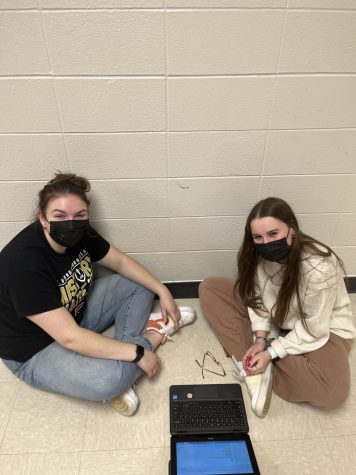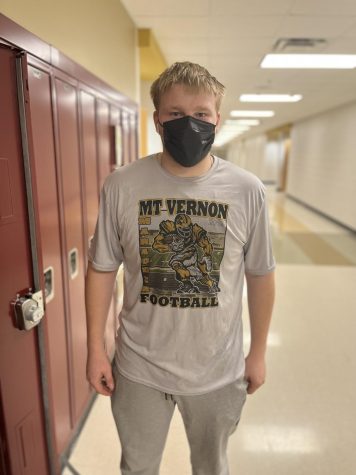What masks were for
The mask is littered on the Table
May 11, 2022
The history of pandemics is, at least in part, also the history of controversial disease control measures. Yesterday the fashion was exorcisms and bloodletting, and today it is face masks. Masks may seem to come and go with the seasons or the cycles of the moon, but there are sensible calculations behind the shifty rules around them.
Disease control measures can be broken down into two basic categories: pharmaceutical and non-pharmaceutical. A non-pharmaceutical intervention (NPI) is any disease control measure that is not a drug. NPIs do not need to go through FDA approval or safety trials, they are behavior changes–for Covid, masks, lockdowns, or for heart attacks, twenty minutes on the treadmill and a low-fat diet. They can be implemented in hours, with known and obvious risk profiles. But, they are blunt measures, and they often decrease quality of life for only a theoretical benefit. For these reasons, it is difficult for governments to sustain popular support behind NPIs.

Pharmaceutical interventions are drugs, like Tamiflu or antibiotics. The most effective and most widely used pharmaceutical interventions are specifically tailored to the disease, which takes time. In Covid’s case, vaccines and protease-inhibiting antivirals. Non-pharmaceutical interventions are best used as temporary measures that buy the time needed to develop more precise and effective pharmaceutical interventions.
NPIs are hard on everyone. Of them, masks are the most well-tolerated, because they are cheap and do not inhibit everyday life. Cloudy glasses, discomfort, and not being able to use Face ID are easy trade-offs compared to lockdowns. Masks are also the most cost effective way to reduce spread. It can feel like the virus manages to get around pretty quick even in times of high mask wearing, but they do help, especially indoors. In its glory days, the Delta variant tied measles for the most transmissible human virus ever discovered, and Omicron B.A.2 is almost double that. Any measure to contain it will fail; it can only be slowed. Wonder why everyone got colds each time mask mandates dropped? A disease control measure that only somewhat constrains the most transmissible virus ever will work wonders on common colds.

The most successful countries have been countries that implemented maximalist NPIs until proficient pharmaceutical interventions were developed. New Zealand, Taiwan, and Australia are the current exemplars. Each of these countries enacted strict NPIs early, sustained them even through periods of no community transmission, vaccinated their entire populations once they were able, and are presently seeing very low hospitalization and death rates despite staggering infection rates. For example, Australia currently reports a total of 5.5 million cases and 6,891 deaths. The U.S. reached 5 million cases on August 7, 2020, and on that date had reported 167,797 deaths–over 24x the Australian death toll.


